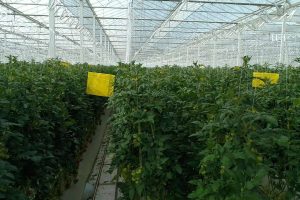
Agriculture
September 18, 2024
Tulua Aquaponics
Read SolutionImplemented by
Jonathan Reyes
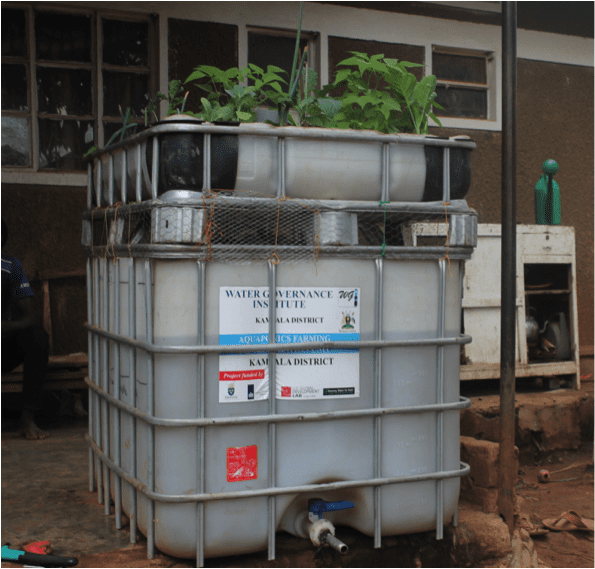
Updated on September 18, 2024
·Created on October 1, 2020
The Water Governance Institute's aquaponics system is a combination fish tank and grow-bed unit.
The Water Governance Institute‘s aquaponics system contains a grow-bed for crops suspended over an aquaculture tank. The two components create a symbiotic environment where the nutrient-rich water produced by the fish is used to irrigate the crops, and the water draining into the tank is cleaned by the plants.
Target SDGs
SDG 1: No Poverty
SDG 2: Zero Hunger
Target Users (Target Impact Group)
Household
Distributors / Implementing Organizations
The Water Governance Institute
Competitive Landscape
Direct competitors include Tulua Aquaponics.
Regions
East Africa
Countries
Uganda
Manufacturing/Building Method
The product is built by the consumer with help from the Water Governance Institute.
Intellectural Property Type
Select Type
User Provision Model
The product is distributed by the Water Governance Institute to families in need in Uganda.
Distributions to Date Status
Unknown
Design Specifications
The product contains a grow-bed and a fish tank. The grow-bed is a 10-15 cm deep tray filled with a growing medium such as husks or loamy soil. Crops such as sweet pepper or tomato can be grown in the tray. The fish tank is filled with water that can hold fish such as tilapia. The fish tank can be sized at 1000 L, 9200 L, or 75,000 L to hold a maximum of 200, 1200, or 7500 fish. There is a spigot at the bottom of the tank that allows the user to drain water from the tank to water the crops. The grow-bed has a water-permeable bottom that allows wastewater from the crops to drip back into the fish tank. Additional water must be added to the system regularly to replace water lost through evaporation and crop transpiration.
Technical Support
Provided by the Water Governance Institute.
Replacement Components
Unknown
Lifecycle
Unknown
Manufacturer Specified Performance Parameters
The designers aim to increase crop and fish production in communities that have the aquaponics system, leading to better nutrition and additional household income.
Vetted Performance Status
A case study conducted by the International Water Resources Association determined the aquaculture systems deployed in Uganda led to an increase in crop and fish productivity per unit area.
Safety
No known safety hazards are related to this product.
Complementary Technical Systems
If electricity is available, sensors, water pumps, and aerators can be added to the system.
Academic Research and References
Mugisha, B. H., 2018, Promoting commercial aquaponics farming among smallholder households/farms for water-use efficiency, food security and livelihood improvements, Smart Water Management Case Study Report.
Compliance with regulations
Unknown
Other Information

Agriculture
September 18, 2024
Implemented by
Jonathan Reyes
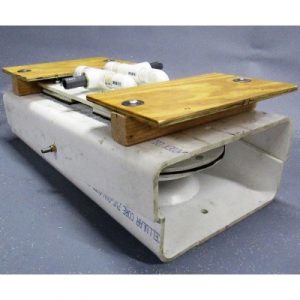
Agriculture
September 10, 2024
Implemented by
Full Belly Project
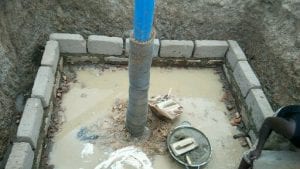
Agriculture
September 12, 2024
Implemented by
Naireeta Services
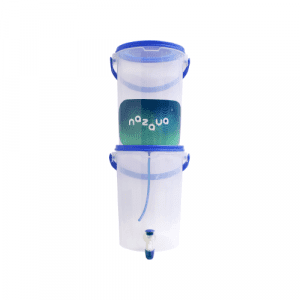
Agriculture
December 7, 2023
Implemented by
Nazava
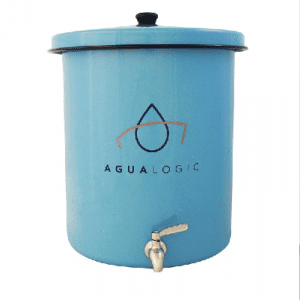
Agriculture
December 7, 2023
Implemented by
Agualogic
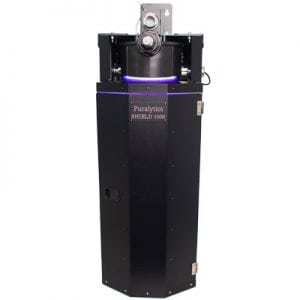
Agriculture
September 20, 2020
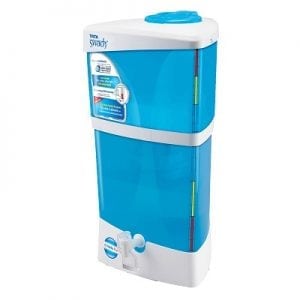
Agriculture
January 1, 2024
Implemented by
TATA Swach

Agriculture
January 24, 2024
Implemented by
AidGear
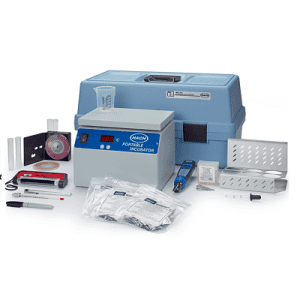
Agriculture
January 17, 2024
Implemented by
HACH
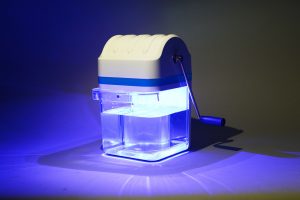
Agriculture
January 30, 2024
Implemented by
Puralytics
Have thoughts on how we can improve?
Give Us Feedback